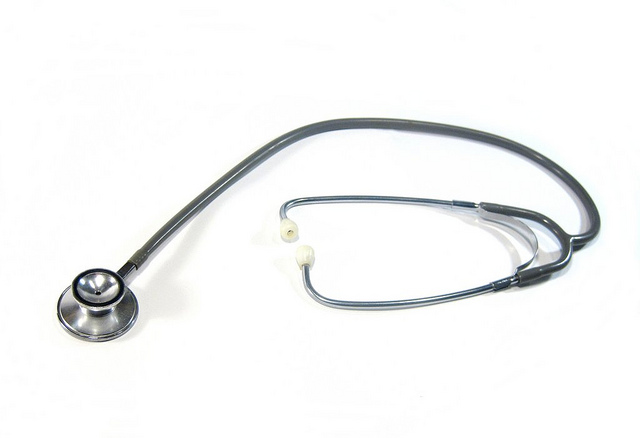

Health-care seekers visiting the federal Pre-Existing Condition Insurance Plan website February 16th were met by a window with large red letters reading “Enrollment Suspension.” The plan has stopped adding new subscribers and state administers of the plan will do the same March 2nd.
The program was created as a stopgap to cover people without insurance due to a pre-existing condition until they can no longer be denied in 2014 thanks to federal health reforms. By imposing a mandate that everyone have health insurance, legislators were also able to forbid insurers from denying coverage. The rational is that companies can afford the risky patients if they also have additional healthy patients.
But the very reason for the bridge program is also preventing it from reaching its goal—covering these patients is too expensive.
“PCIP enrollees have serious and expensive illnesses with significant and immediate health care needs,” reads the website’s notification.
Congress authorized a limited pot of money for the program, and administrators project that if they add to the more than 100,000 current enrollees, the money may not last until the 2014 transition.
California was the last state to start a Pre-Existing Condition Insurance Plan and it quickly became the largest in the nation with more than 15,000 currently enrolled.
“We’ve had phenomenal growth, which demonstrates there is phenomenal need in California,” said program spokeswoman Jeanie Esajian.
Patients with pre-existing conditions who are participating in the plan agree with Esajian.
“The only thing I have that can give me health insurance is Obamacare and that’s it,” said 31-year-old enrollee Scott Palmason.
Palmason moved to Los Angeles in 2004 to pursue his dream of performing in improvisational theatre. He’s been able to support himself working various office jobs throughout the city.
“I have not run into a job situation in almost seven years that offers insurance,” Palmason said.
Potential employers told him that with the poor state of the economy, he was lucky to get $10 an hour without benefits.
In 2007, Palmason paid $2,000 for a 20-minute hospital visit during an asthma attack. A couple years ago he decided to get individual coverage and avoid potential huge hospital bills in the future.
But Palmason has Wolff-Parkinson-White syndrome, which sends an extra electrical current through his heart on occasion.
“It’s not life threatening, it was uncomfortable as a kid,” Palmason said. “It’s basically tapered out, in the last five years I’ve never had it happen.”
He applied to five different insurance companies but all of them rejected him because of the syndrome. One added that his asthma prevented coverage and another said that at 5’10’ and 240 pounds he was overweight.
One company told him that if he paid out-of-pocket to have an expensive surgery and went six months without a Wolff-Parkinson-White episode he could qualify.
Eventually an insurance broker told him a commercial insurer would never cover him and he should try the state’s Pre-Existing Condition Insurance Plan.
“I applied and I was immediately accepted,” Palmason said. Now he pays $218 a month and easily found a doctor near his house.
If he met Obama today he said he would tell the President he saved his life, he said. “I never quite understood what it was like to have other people make decisions for you and your body,” Palmason said.
More than a quarter of the current California Pre-Existing Condition Insurance Plan enrollees live in Los Angeles County like Palmason. Fifty-seven percent of enrollees are white and 96 percent are English-speakers. Nearly 45 percent of all participants are between 50 and 64 years old. Premium payments range between $107-$557 a month.
The program has averaged more than 1,200 new enrollees a month since its inception. With ten months left in the year, a potential 12 thousand more Californians would have signed up before the transition in 2014.
The California Managed Risk Medical Insurance Board administers the federal program in the state. Last Friday they received a notice that they have 15 days left until they have to close enrollment.
Californians can still enroll in the state Major Risk Medical Insurance Program, but the premiums are higher and there is a yearly limit of $75,000 and a lifetime limit of $750,000.* There are currently more than 5,500 Californians in the program but there is also a cap of 7,000 enrollees.
If Palmason had enrolled in the state program, he would have paid more than $350 a month for Kaiser insurance and $645 a month for a PPO plan. Since he was already enrolled, the federal program will cover him until he switches to a commercial insurer through the private marketplace or the state exchange in 2014.
“This program literally saved me from having to be in a situation where I would have to make very difficult decisions,” Palmason said.
* The story has been updated. An earlier version stated incorrectly that the lifetime limit on the state Major Risk Medical Insurance Program was $175,000.






You must be logged in to post a comment.